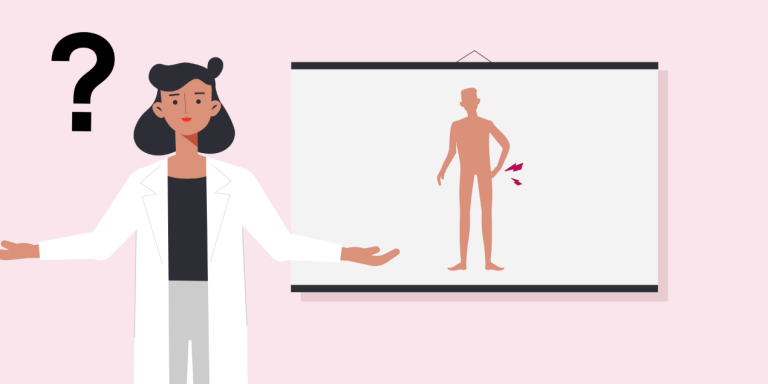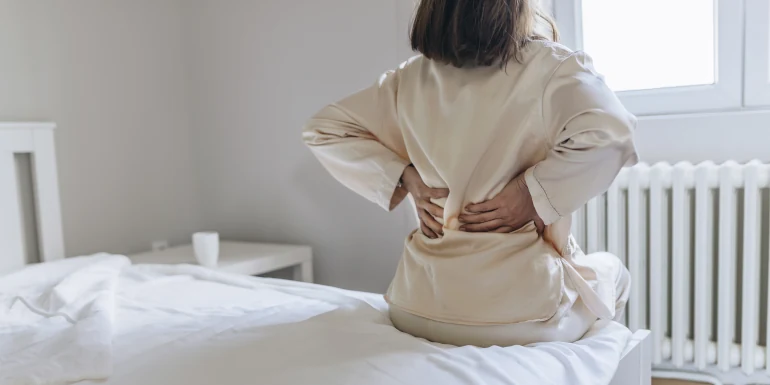
Examining back pain using imaging techniques?
In Switzerland, a large number of people suffer from non-specific upper or lower back pain. Is investigating the cause with imaging techniques worth it? We take a look at the facts.
The reason for generalised back pain can be tension in the back muscles, weakness in the trunk or poor posture. Serious illnesses are rarely the cause of this type of pain.
What imaging techniques are available?
Several techniques can be used to determine the cause of generalised upper and lower back pain. Conventional X-ray methods show bone structures. Computer tomography (CT) scans depict not only bones and joints but also ligaments, tendons and intervertebral discs. Finally, magnetic resonance imaging (MRI) provides detailed images of soft tissues and the spinal cord. Although these techniques are commonly used in Switzerland, it is unclear whether imaging methods are actually useful in treating upper or lower back pain.
Are imaging techniques useful for diagnosing back pain?
The Harding Centre for Risk Literacy at the University of Potsdam has summarised the potential benefits and detriments of imaging procedures for back pain based on scientific studies. In several studies, adults with long-lasting, non-specific upper and lower back pain were monitored for up to two years.
Influence on mobility and quality of life
Over time, the same number of people, regardless of whether or not they had been examined using imaging techniques, felt their general mobility and quality of life improve once more over time.
Risks of imaging techniques
Excessive use of imaging can result in harm to patients. This is because the overuse of X-rays and CT scans exposes patients to potentially mutagenic radiation. In addition, imaging sometimes yields erroneous or incidental findings, such as detecting deterioration of the spine. Yet such findings may be unrelated to the cause of the pain. In extreme cases, findings can result in unnecessary operations.
Summary
In the case of generalised back pain, imaging does not contribute to improving general mobility and quality of life.
The best option may be to initially refrain from imaging and focus on providing advice and educating patients to mitigate the possible causes. These include measures to boost physical activity in everyday life and to encourage self-management, such as dealing with stress.
Non-drug treatments – for example, physiotherapy, manual therapy or acupuncture – can also help relieve pain.
If patients experience pain for more than six weeks, or if it worsens or increasingly restricts their mobility, imaging may then be worth considering. Likewise, if they develop signs of paralysis or numbness, an imaging procedure is advisable.
Conclusion
Ultimately, each of us must decide for ourselves – after consultation with a doctor – whether an imaging procedure makes sense. We hope you now have a clearer overview of this issue.
Do you have any questions about back pain? Or would you like to know about other health-related issues? Our health advisors provide you with helpful information and specific recommendations.
Health consultation service 058 340 15 69
Monday to Friday, 8.00 a.m. to 8.00 p.m. (local rate).
Helsana health consultation is a free service for everyone with Helsana supplementary insurance. By calling health consultation, you confirm that you accept the terms of use and the privacy policy.


Newsletter
Find out more about current health issues every month and get all the information you need about our attractive offers from all Helsana Group companies * delivered by e-mail to read whenever it suits you. Our newsletter is free of charge and you can sign up here:
We did not receive your information. Please try again later.
* The Helsana Group comprises Helsana Insurance Company Ltd, Helsana Supplementary Insurances Ltd and Helsana Accidents Ltd.